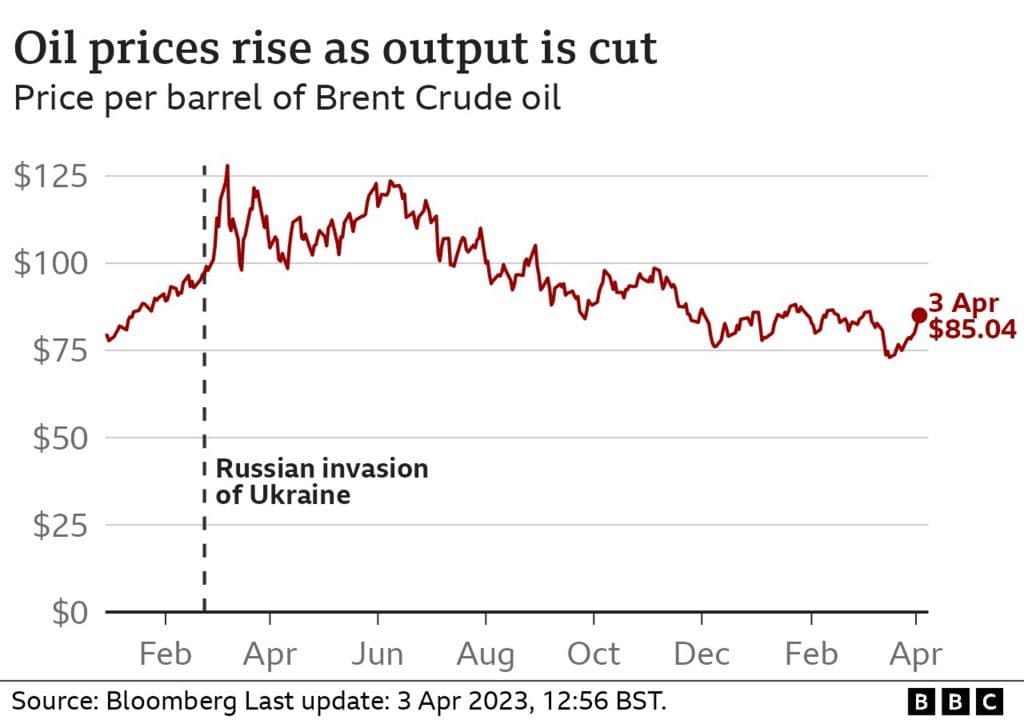Goldman warns trend following funds could force billions in sales
Goldman Sachs tells clients that the S&P 500 slipping below a closely watched technical level, 6,725, has activated model sell signals for trend following systematic hedge funds, raising the prospect of sizable forced liquidations. The bank estimates roughly $39 billion of global equities could be sold over the coming week if prices hold below that threshold, and up to $65 billion should declines extend, a dynamic that helps explain recent spikes in volatility.

Goldman Sachs is flagging the potential for a significant wave of equity selling after the S&P 500 moved below a widely tracked technical breakpoint at 6,725 on November 20, 2025. The bank warned clients that trend following systematic hedge funds, which follow preprogrammed rules tied to price thresholds, have triggered sell signals that could translate into immediate pressure on markets. Goldman estimates these funds could dump about $39 billion of global equities over the coming week if prices remain below the threshold, and the tally could rise to roughly $65 billion if declines continue.
The note underscores the mechanical nature of many quantitative strategies and how they can amplify market moves once a technical barrier is crossed. Trend following funds operate by converting signal breaches into executed orders without discretionary intervention, so a single widely observed level can turn into a focal point for correlated activity. The result is compressed liquidity and more rapid price movement than would occur under purely discretionary trading, particularly in thinly traded names and smaller markets.
Market participants say the timing compounds stress. The estimated selling is concentrated in the immediate days after a signal is triggered, a period when market makers and liquidity providers are often cautious. That caution can widen bid ask spreads and push price discovery toward more volatile outcomes. The flows are likely to show up first in exchange traded funds and large cap futures where execution is easiest, then propagate into underlying stocks and international markets as correlations transmit the shock.
Beyond the short term, the episode highlights broader structural trends in global financial markets. Rules driven strategies have grown in sophistication and prevalence, and their interaction with leverage, margin requirements and ETF structures creates feedback loops. When multiple systematic strategies rely on similar signals, the capacity for coordinated selling rises, increasing the probability of outsized moves even in the absence of new economic fundamentals.
Policy makers and regulators monitor such dynamics because sudden, concentrated liquidations can spill over into funding markets and credit conditions. While central banks typically focus on macroeconomic goals, abrupt financial market dislocations can complicate monetary policy transmission and raise the cost of private borrowing. Some market microstructure tools, such as circuit breakers and order imbalance auctions, are designed to reduce the risk of disorderly moves, but they do not eliminate the underlying correlation risk across algorithmic strategies.
For investors, the near term will be governed by whether the S&P can reclaim the 6,725 level. If it does, many automated sellers will remain inactive and volatility could subside. If it does not, the Goldman estimates imply material selling pressure that could widen equity risk premia and increase cross asset contagion. Traders and portfolio managers will be watching liquidity metrics, ETF flows and volatility gauges closely as they weigh positioning adjustments in the days ahead.

